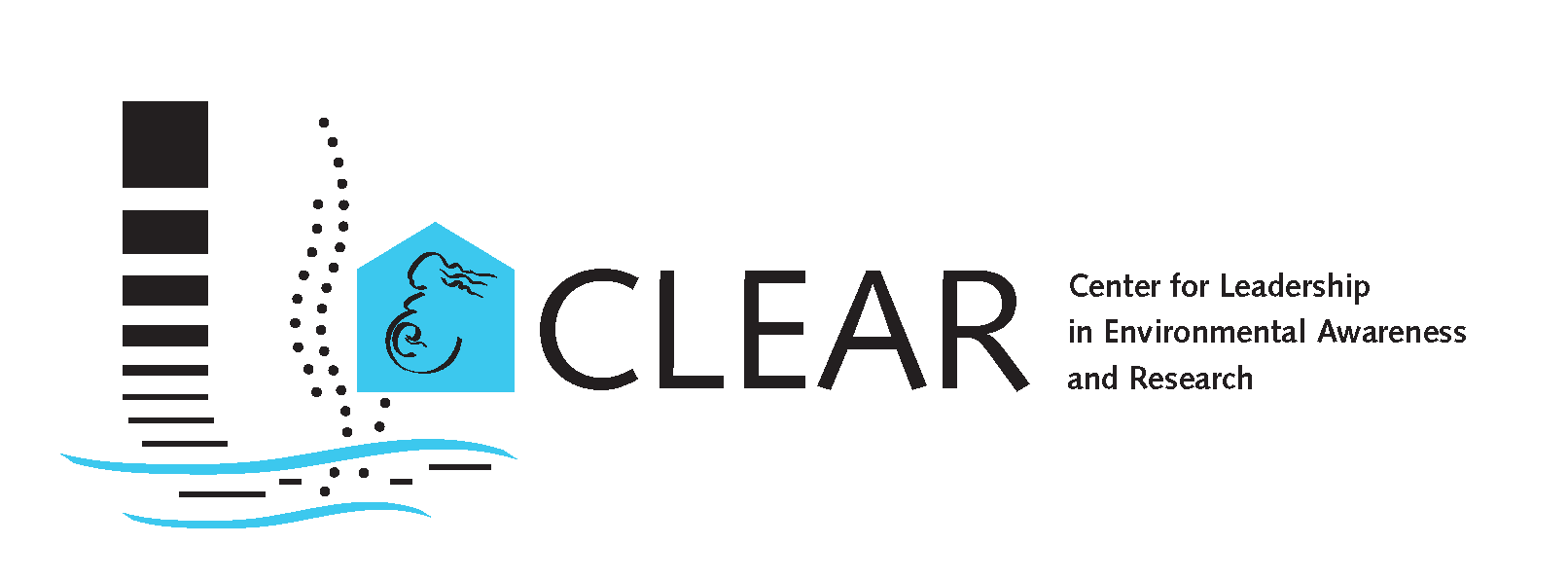- Over time, chronic low-level exposure to environmental stressors can lead to adverse health conditions and disease.
- "Stressors" include such factors as air and water pollution, workplace chemicals, biological agents, dietary components as well as emotional and psychosocial stress.
- Some populations are at a higher risk: children, older adults, those with lower socioeconomic status, refugees and workers within certain occupations.
- Furthermore, there are specific life windows where people are at heightened risk, such as during pregnancy/lactation, puberty, old-age and during times when the immune system has been weakened.
- Our goal is disease prevention through community awareness and public policy change.
Reminder to center members. Don't forget to cite the grant!
Per NIH grants policy, all publications, press releases, and other documents relevant to research funded by the center must include a specific acknowledgment of support.
CURES Grant Number P30 ES036084
Would you like to know about upcoming CURES Events and Updates?
Click here to join our email list.
Important NIH Updates for Grant Applicants

Are you a CURES member interested in accessing MIDAS or just want to learn more?
Visit the Translational Research Support Core's page at https://cures.wayne.edu/trsc.
Learn about the Center for Leadership in Environmental Awareness and Research (CLEAR)
This new National Institute of Environmental Health Sciences center is dedicated to understanding and mitigating adverse birth outcomes and serious developmental health problems that have been associated with exposure to volatile organic chemicals, a class of pollutants frequently present below the ground surface, especially in post-industrial cities like Detroit. Visit https://clear.wayne.edu/ for more information.

